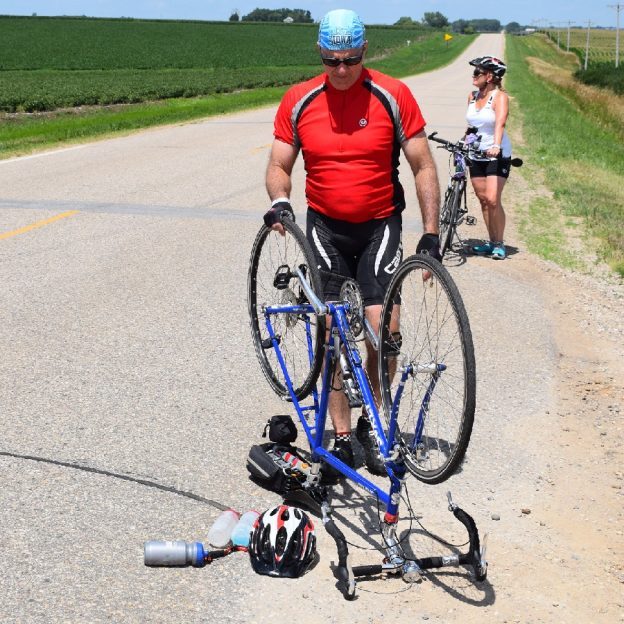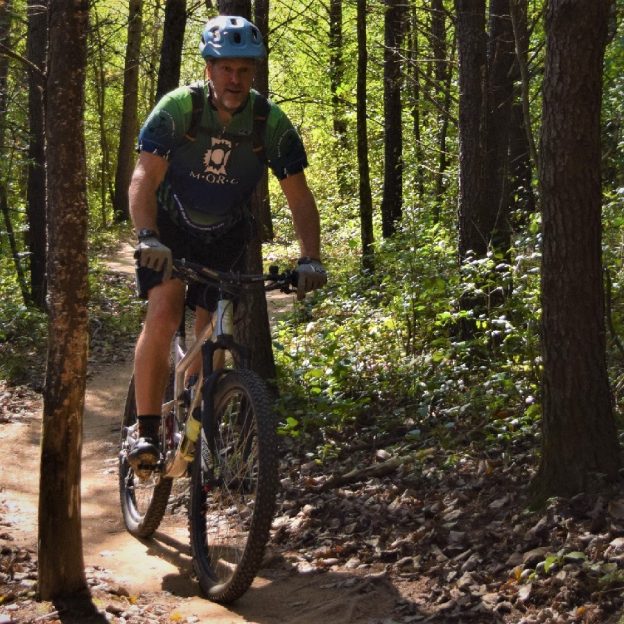Tag: road tubeless
-

Tips and tricks for setting up your tubeless tires on your bike
Tubeless tires are one of the best upgrades you can make to your bike. They are more resistant to flats, ride better, and are lighter. With all their benefits, the fear of setting them up keeps many riders from enjoying the tubeless world. If you are still refusing to take the leap for fear of…
-

Tubeless tires on bicycles: The basics of this exciting new technology
Tubeless Tires have evolved to be lighter, more serviceable,and lighter. Read on about the advantages and how the current family of tubeless systems can benefit you.
